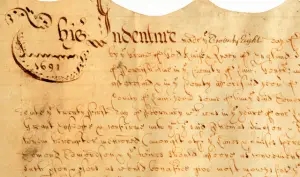Capturing the Revolutionary War Generation: Photographs from a Bygone Era

Did you know it’s possible to own a picture of an individual from the Revolutionary War generation? No, not the Civil War; I know. It’s true. I know.
Since 2000, I have undertaken a personal project to locate images of those who lived through the American Revolution but survived long enough after 1840 to be photographed and documented for The Last Muster books. So far, two volumes are out; I need your assistance now in compiling volume three!
View your collections of elderly men and women in photo styles shown below, perhaps knowing their Revolutionary War lives? If not, I am here to fill that knowledge gap for you.
Patriots, Loyalists and Non-Participants
I have identified over one thousand men who lived after 1839 and into the age of photography. Anyone involved with the American Revolution would have been at least 80 years old by then.
Wives and Widows
It may come as a shock, but Esther Sumner was the last surviving widow of a Revolutionary soldier to pass away – she married Noah Damon when she was 21 and he was 75! To find pictures of these wives and widows you need to look anywhere between 1840 to early 1900 – their birth dates often ranged between the 1760s to 1800s depending on when they married their veteran partner.
Photograph Types
My search spans across time periods, searching for everything from daguerreotypes to paper photos. Below are descriptions that should help identify which photos make up your collection:
Daguerreotypes (1839 to 1860s)
Daguerreotypes were the original photographs; with reflective surfaces that required them to be held at an angle for viewing their images. Daguerreotypes can often be found stored inside cases.
Ambrotypes (patented in 1854). Ambrotypes, commonly found in cases due to their fragility, feature glass images backed with dark material for support.
Tintypes or ferrotypes (patented in 1856) is another cased image produced on thin sheets of iron.
Carte des Visite (CDVs), first introduced in 1854, were small paper prints inspired by 19th-century visiting cards that typically measured 2×4 inches.



